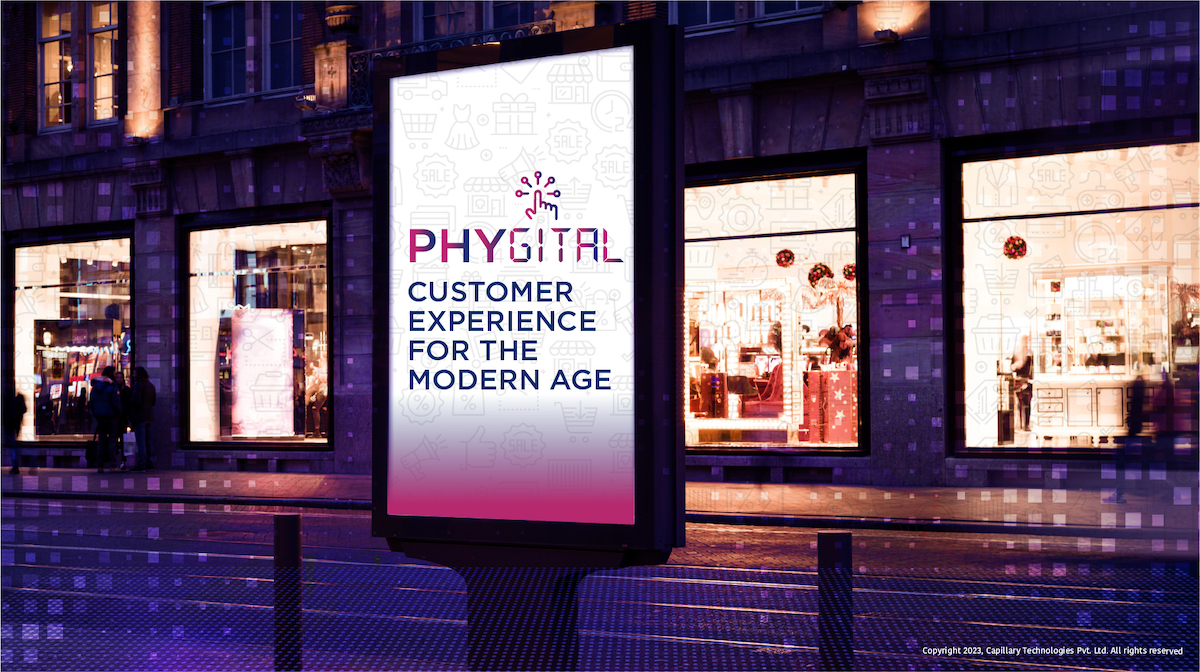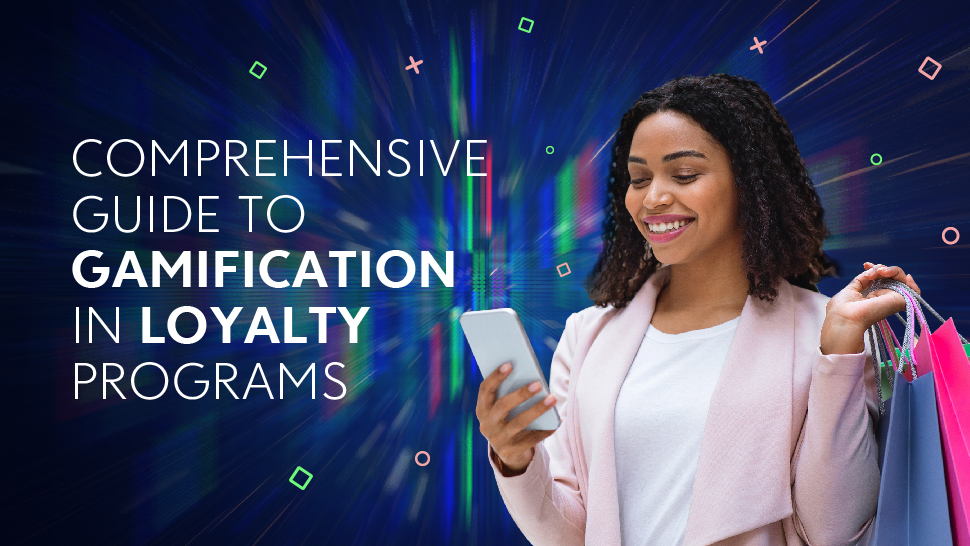- Design industry shaping loyalty programs
- Integrate easily and go live quicker
- Deliver hyper-personalized consumer experiences
Blue Rewards from Al Futtaim Group Shares Loyalty Success Stories and Evolution. Watch Podcast >
Capillary Announces 2nd Annual Captivate 2025 Summit: Transforming Loyalty Management with New AI Tech Read more >

The modern consumer wants digital to be the first touchpoint with a brand. Right from chatting with a brand on social media, to knowing the details of a product, to an easier checkout process, a digital-first and last touch are preferred. But for most other things, consumers like to step out, touch and feel the products, and have an in-person experience. This has given rise to the phygital experience, a seamless blend of online convenience and offline engagement.
In 2025, brands that integrate phygital customer experience strategies will gain a competitive edge, improving customer retention and satisfaction. From interactive in-store experiences to AI-powered personalization, the phygital transformation is reshaping industries. Whether you’re optimizing loyalty programs or enhancing real-time engagement, understanding phygital technology is essential. Let’s explore how businesses can refine their approach and stay ahead in the phygital journey.
Physical + Digital = Phygital
The term was coined back in 2013 but it has gained popularity only after the pandemic. An amalgamation of physical and digital customer experience is what is termed Phygital. And it is of utmost importance for brands and retailers to ride this trend and offer phygital experiences.
A recent survey reveals that 61% of in-store shopping trips begin online. Additionally, 87% of shoppers use their smartphones to research products while in-store, emphasizing the growing need for seamless phygital experiences. With consumers blending online and offline interactions, brands must implement robust phygital strategies to meet expectations, enhance engagement, and drive conversions.
The term may be new but Phygital has been around for a while. For instance, ordering via in-store kiosks has been around for about two decades. ChatGPT tells us that “the first in-store kiosk was installed in 1994 in a Blockbuster Video store in Dallas, Texas.”
Another, more modern, example of a phygital experience is the ability for customers to order online or in-store and get delivery through a variety of channels. This may be through the drive-in, doorstep shipping, or curbside delivery.
Other real-world examples of phygital are – immersive virtual reality experiences, augmented reality experiences, interactive voice-based experiences, and interactive video-based experiences. To summarize, phygital use cases include:
For a phygital experience to work smoothly, engaging a customer while in-store is the key. A platform like Capillary has several powerful features which can help you deliver an end-to-end phygital experience:
Most conventional campaigns are hardwired to limited offers and do not encourage immersive customer engagement. Such static campaigns often restrict customers from spending more. Real-time offers are inherently better at engaging people and are thus, the need of the hour for every marketer these days.
Capillary’s Dynamic Vouchering System (DVS) enables a marketer to send personalized vouchers to its customers in real time. These vouchers could be shared via SMS/WhatsApp notifications or printed coupons along with the bill receipt to increase the redemption further.
This has resulted in:
Another crucial aspect needed to deliver a great phygital experience, is collecting consumer data from various POS systems. Capillary’s consumer data platform has a vast integration marketplace which allows you to build a 360-degree view of the consumer and in turn deliver the perfect phygital experience tailored to the consumer.
“More than 50% of consumers feel frustrated when they can’t reply to a promotional message,” according to one of the surveys we conduct at Capillary. Here are a couple of ways in which customer service can be improved:
The future of phygital customer experience is driven by innovation, personalization, and real-time engagement. As phygital strategies evolve in 2025, brands must focus on bridging the gap between physical and digital worlds to create immersive, loyalty-driven experiences. By adopting a 360-degree customer view, businesses can target better and achieve their goals.
Get a 360-degree customer view, target better, and achieve business goals
Investing in phygital technology not only enhances customer satisfaction but also strengthens long-term brand relationships. By leveraging AI, omnichannel engagement, and smart data integration, businesses can ensure a seamless and future-ready phygital journey.
Capillary’s advanced system empowers brands to better target and engage customers using zero-party and first-party data. For instance, in some cases, an app notification would work better while in other cases, an SMS might be a better approach. By leveraging these insights, marketers can determine the most effective personalized engagement strategy tailored to each customer’s preferences. The Capillary Nudge Framework enhances loyalty programs, driving higher retention, increased revenue, and a superior customer experience.
Ready to take your phygital experience to the next level? Let’s make it happen.

November 29, 2024 | 8 Min Read
By anticipating needs, delivering real-time interactions, an

November 7, 2024 | 8 Min Read
By taking game elements like play, competition, transparency

January 27, 2025 | 4 Min Read
Elevate your phygital experience with strategies that merge